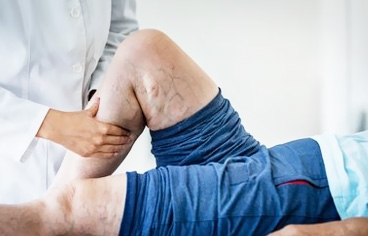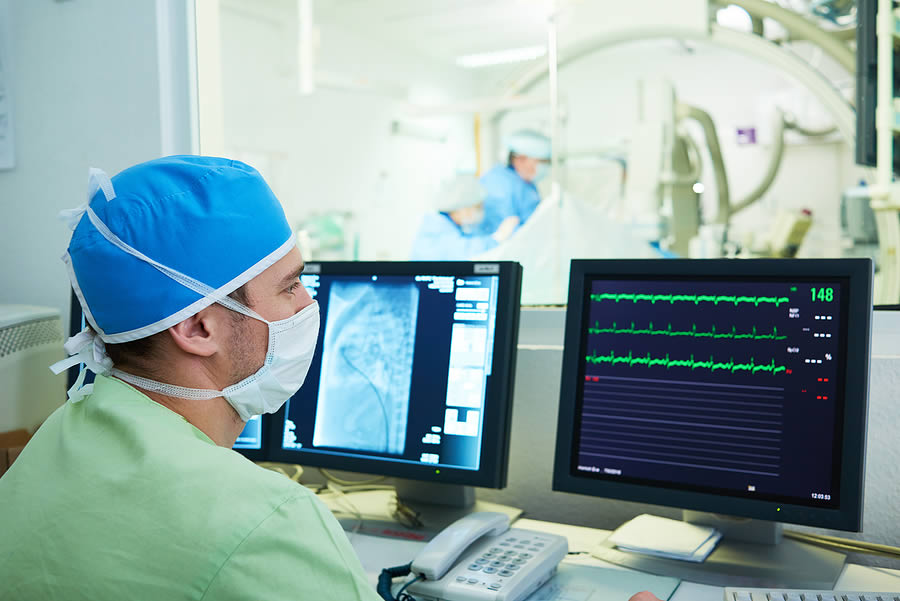
PAD is a common cardiovascular condition affecting millions worldwide. Characterized by a narrowing of the peripheral arteries, which supply blood to your legs, stomach, arms, and head, PAD most often affects arteries in the legs. It is primarily caused by the buildup of fatty deposits in the artery walls, leading to reduced blood flow. Symptoms of PAD can range from mild discomfort in the legs while walking to severe pain even at rest, or non-healing sores on the feet and legs. Untreated PAD can lead to critical limb ischemia, a severe condition that may require amputation.
Take the Test Now
A heart doctor can help patients effectively manage PAD with a range of treatments from lifestyle modifications such as regular exercise, a healthy diet, and smoking cessation, to medications and interventions. Medications often aim to reduce symptoms, prevent disease progression, and manage accompanying cardiovascular risks like high blood pressure or cholesterol. Interventional procedures can be either traditional surgical procedures like bypass grafting or the increasingly popular endovascular care. The latter involves a less invasive approach, where small incisions allow catheters to navigate to the affected artery, guided by imaging technology.

Endovascular care has emerged as a leading treatment strategy for modern cardiologist and their patients, especially for those favoring minimally invasive procedures such as angioplasty, stent placement, and atherectomy. One of the main advantages of endovascular care is that it requires smaller incisions, reducing the risk of infection and the length of hospital stays. It also allows for quicker recovery, letting patients resume their regular activities more rapidly. Endovascular care often improves symptoms drastically, bringing a significant enhancement in the patient's quality of life. This approach is adaptable, catering to the specific needs and conditions of each patient, further highlighting its place in modern vascular care.
Following endovascular treatment, most patients return home within 24 hours. Recovery involves wound care, pain management, and a gradual return to daily activities. Regular follow-ups with a heart doctor are critical to monitor the effectiveness of the treatment and any potential complications. Lifestyle modifications, including regular exercise and a balanced diet, often form part of the post-treatment plan, emphasizing the importance of holistic, patient-centered care. This full-circle approach to care ensures that patients are not just treated, but are also equipped with the knowledge and tools to manage their vascular health in the long term.

If you or a loved one notices symptoms of PAD, call the Cardiovascular Specialists. Early detection and treatment can prevent complications and improve quality of life. Our multidisciplinary team of interventional cardiologists and vascular specialists are leaders in their field, equipped with extensive knowledge and experience in diagnosing and treating PAD. With state-of-the-art technology and a patient-centered approach, we ensure the highest standard of care for each individual who walks through our doors. Contact our office for more information or to schedule an appointment.